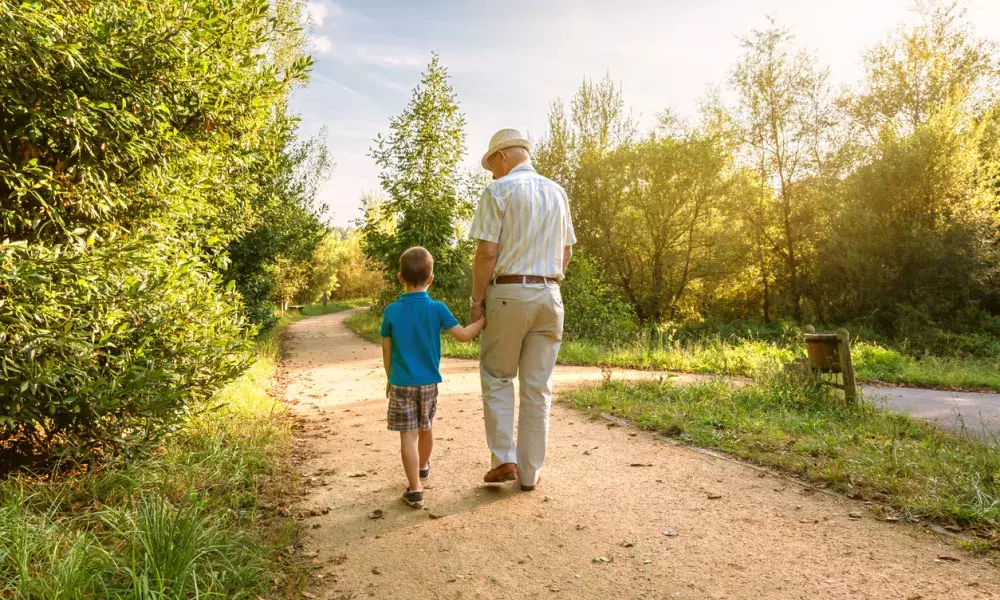
In this context, the EU emphasises both the need for a green and fair transition at all levels including the urban scale. This “no one left behind” approach to the urban transitions was already at the core of many UIA projects and will continue to be a watchword for the new European Urban Initiative. The first Innovative Actions Call focused on the New European Bauhaus, illustrates this commitment to enabling concrete solutions to implement green and just urban transitions. It is therefore in EUI’s roots to carry on the work of the UIA Initiative and capitalise on the experiments of UIA projects to inspire EU cities implementing their transitions. Green transitions will also be the core topic of the 2023 Cities Forum (15 and 16 March 2023), an opportunity to further hear from cities, regions already carrying this double perspective in their local-level policies.
The transitions ahead may be disruptive and costly for some social groups already at risk, leading to unemployment, poverty, and exclusion. It is therefore crucial to make these transitions also just. Ensuring “Just transitions for all” means protecting natural resources, drastically decreasing pollution-levels and adapting to the climate change consequences whilst implementing, ensuring the equity principle is respected.
How can urban authorities make the transitions just so that no one is left behind? This will be one of the key questions that the event will discuss. Innovative projects offer a diversity of experiments that could help cities to concretely rethink how they can:
- support the job market green renewal,
- find pathways to a Green City which remains affordable and accessible to all
- accompany the green transitions with participative processes
No-one left behind
What does “no one left behind” mean? For the transition to be successful, it needs to identify and elevate those who are furthest behind first. This means targeting the most vulnerable people who societies so often miss. EU and national climate policies draw attention to vulnerable groups and emphasise the need for equitable solutions - but the practical implementation of such solutions remains scarce (EEA, Towards ‘just resilience’: leaving no one behind when adapting to climate change, 2022). This is specifically the objective of the second focus of the work currently being undertaken on UIA’s Just and Green Transitions activity. Building on innovative actions project experiments, the analysis gives appropriate guidance and inspiration for urban practitioners and decision-makers.
Learn more and read the Inception report – here.
The Cities Forum will be a key moment to find out more about these projects developing key solutions to localise the Just Transitions. In the meantime, we invite you to listen to the Urban Voices series of podcasts and learn more about concrete solutions to implement such transitions. This series of 3 episodes released on the report and the 10 case studies that explore the jobs and skills of our green future. Each of the recordings gives the floor to 2 pioneer cities that are leading the way in the field of green skills. Meet Cluj-Napoca, Greater Manchester, Eindhoven, Viladecans, Lappeenranta and Milan’s projects and learn from their experiments.
About this resource
The Urban Innovative Actions (UIA) is a European Union initiative that provided funding to urban areas across Europe to test new and unproven solutions to urban challenges. The initiative had a total ERDF budget of €372 million for 2014-2020.
Similar content




